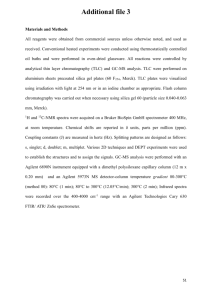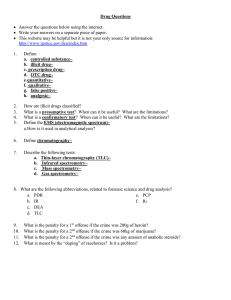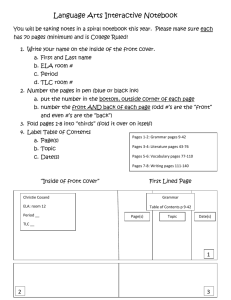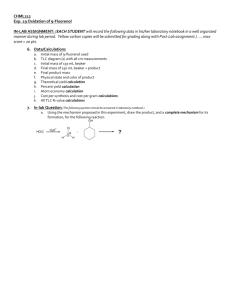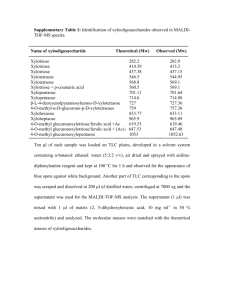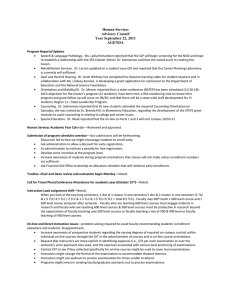TLC for the Analysis of Herbal Drugs
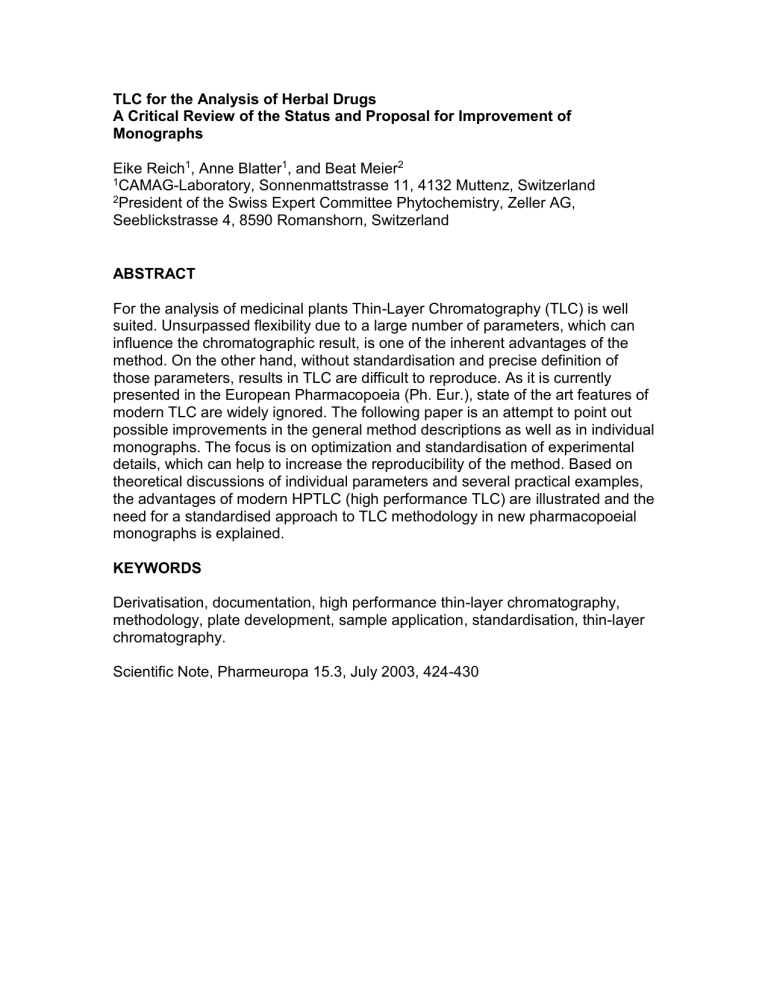
TLC for the Analysis of Herbal Drugs
A Critical Review of the Status and Proposal for Improvement of
Monographs
Eike Reich 1 , Anne Blatter 1 , and Beat Meier 2
1 CAMAG-Laboratory, Sonnenmattstrasse 11, 4132 Muttenz, Switzerland
2 President of the Swiss Expert Committee Phytochemistry, Zeller AG,
Seeblickstrasse 4, 8590 Romanshorn, Switzerland
ABSTRACT
For the analysis of medicinal plants Thin-Layer Chromatography (TLC) is well suited. Unsurpassed flexibility due to a large number of parameters, which can influence the chromatographic result, is one of the inherent advantages of the method. On the other hand, without standardisation and precise definition of those parameters, results in TLC are difficult to reproduce. As it is currently presented in the European Pharmacopoeia (Ph. Eur.), state of the art features of modern TLC are widely ignored. The following paper is an attempt to point out possible improvements in the general method descriptions as well as in individual monographs. The focus is on optimization and standardisation of experimental details, which can help to increase the reproducibility of the method. Based on theoretical discussions of individual parameters and several practical examples, the advantages of modern HPTLC (high performance TLC) are illustrated and the need for a standardised approach to TLC methodology in new pharmacopoeial monographs is explained.
KEYWORDS
Derivatisation, documentation, high performance thin-layer chromatography, methodology, plate development, sample application, standardisation, thin-layer chromatography.
Scientific Note, Pharmeuropa 15.3, July 2003, 424-430



